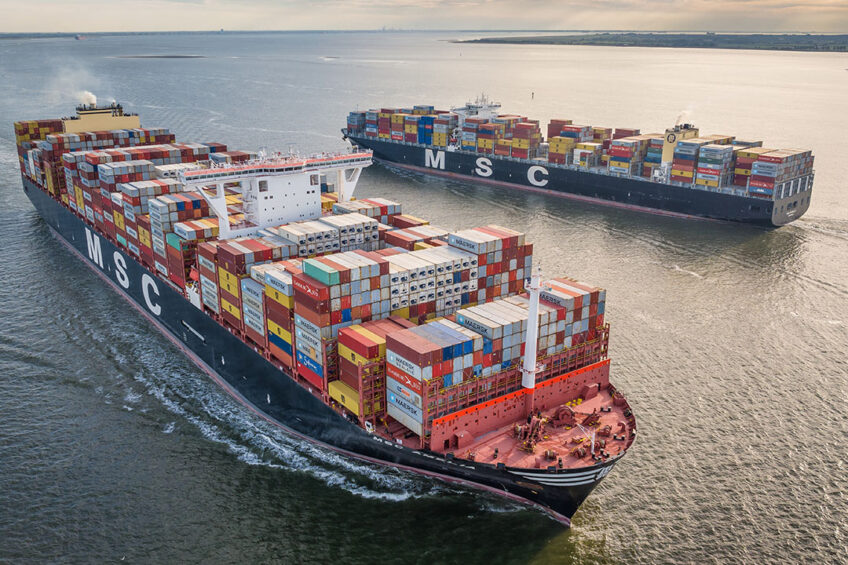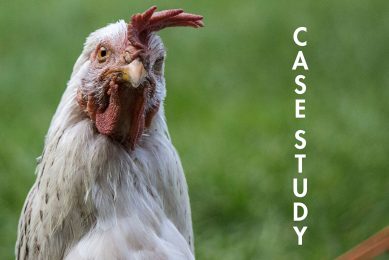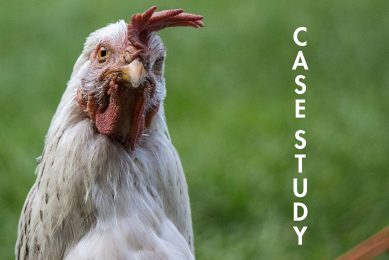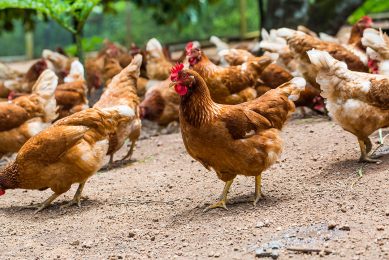7.8% hike in Brazil’s chicken exports, until May

Brazilian Animal Protein Association (ABPA) informed chicken meat exports grew 7.8%, from 1.846 million tonnes to 1.990 million tonnes, between January and May this year in comparison to the same period in 2021.
In the first 5 months of the year, revenue reached US$ 3.776 billion, or 33.6% more than the revenue registered last year, which was US$ 2.826 billion. “Global inflationary scenario, high production costs and strong demand for chicken meat strengthened average international prices to levels above US$ 2,000 per tonne,” says the president of ABPA, Ricardo Santin.
Poultry exports
In May, Brazil shipped 429,600 tonnes, a volume that exceeds the total by 3.7% shipped in the same period last year (414.3 thousand tonnes). With this performance, the sector achieved revenue of US$ 904.6 million, 37.8% higher than in May 2021, (US$ 656.3 million).
Among the main destinations for Brazilian exports in May:
China: 50.200 tonnes (-8.8%),
The United Arab Emirates: 44.800 tonnes (+73.2%),
Japan: 33.100 tonnes (+3.2%) and the
European Union: 26.300 tons (+80.7%).
Less slaughter
Brazilian Institute of Geography and Statistics (IBGE) revealed, in June, that Brazilian chicken slaughter fell by 1.7% between January and March 2022 compared same period last year and 0.2% in relation to the previous quarter.
The Livestock Production Statistics also informed total processed reached 1.55 billion heads of chickens, which represents 27.25 million less than in the first quarter of last year.
The drop in slaughter was recorded in 17 of the 25 federation units surveyed by the IBGE. The poultry leader state in Brazil continues to be Paraná, which has 33.5% of the national share, followed by Rio Grande do Sul (13.5%) and Santa Catarina (13.2%).
Consequently, the South region responded for 60.2% in the period, followed by Southeast (19,2%), Centre-west (14,7%), Northeast (4,3%) and North (1,6%). The South Region is also the main exporting region with 78.8% of Brazil’s entire exportation in that period.
Eggs
Chicken egg production reached 977.20 million dozens in 2022 first quarter, 2% less year-on-year and 2.5% down in comparison to the previous quarter. It means 19.6 million fewer eggs produced in the country, with drops in 15 of the 26 units of the federation.
However, IBGE points out that, even with the downturn, this is the second best result for egg during a first quarter since the beginning of the historical series, which began in 1987.













